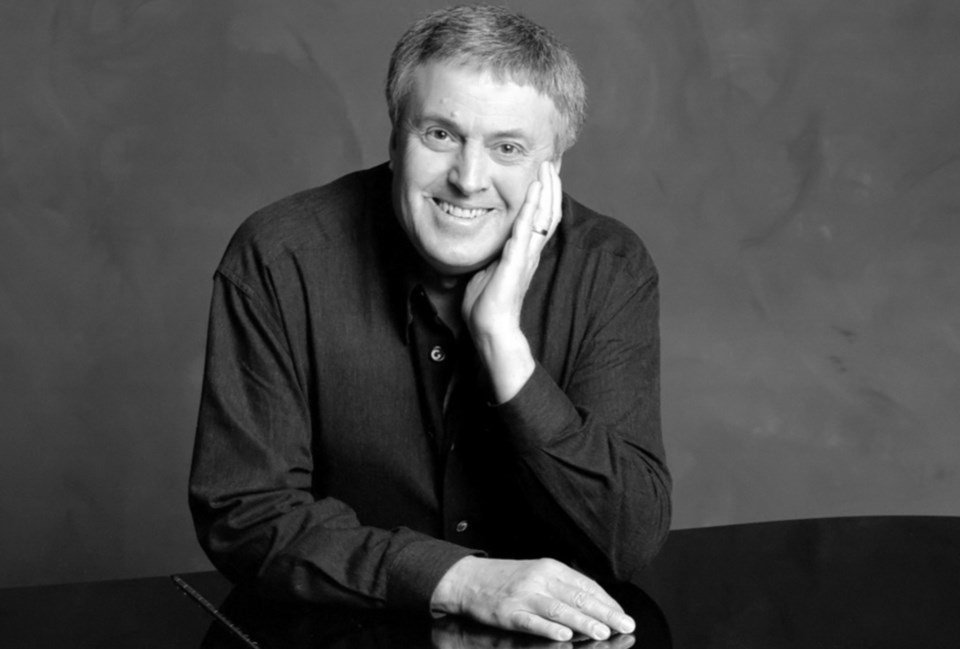Facilitators Seek to Cultivate Story of Aliveness
Michael Jones feels the world is in many ways between two narratives. One is the Industrial Age Story, which still has its hold on the present, especially in some educational environments. The other is the Biology Age Story, a narrative about life and aliveness.
Michael Jones
In his collaboration with Charles Holmes and a small group of facilitators Michael is seeing the possibility for enabling a new story of aliveness.
A key question is: How much life are we committed and able to hold and call out in others, as well as to support and hold within ourselves?
Part of it is about recommitting to local community and one’s own neighbourhood.
It’s also about being open to what each moment calls for, in whatever spaces people find themselves. It includes reengaging one’s mythic life — letting the invisible become known through one’s living and actions.
Michael Jones, a musician and leadership educator, is part of a small group which sometimes calls itself the Sandbox. The group has worked together in various formations over the last few years and includes graphic facilitator Avril Orloff, international business consultant and facilitator Charles Holmes, consultant Ann Ralston, and writer and story strategist Stephanie Sauve.
They are venturing out to create spaces conducive to generating aliveness in businesses, organizations and communities.
Michael has recently come to describe the work as creating the opportunity for people to experience carnival. “The spirit of carnival upturns old beliefs and assumptions in order to see the familiar with fresh eyes and a whole new perspective that’s enlivened through art, music, poetry, conversation and other gifts,” he says. That experience provides a rich, nurturing soil to then create significant and long-lasting change.
At the heart of the process are the gifts Charles brings in collaborating with others to move groups towards larger, more generative conversations about gifts people bring to the table, the strengths they carry from their past and founding story, and how these can all be aligned to shape new possibilities and a new destiny.
Those who work with Charles support him in that larger vision through the contribution of their gifts, a number of them in the arts.
Charles and members of the group have facilitated these conversations for the International Leadership Association, Quaker Foods, PepsiCo’s Global Nutrition Group, the Dalai Lama Summit for Peace to name a few.
Michael shares how working with Charles has yielded new possibilities in his own life. One of these has been the sharper illumination of his gifts in music. Charles has encouraged him make more explicit what’s implicit in his work as an artist.
“It’s so easy to get classified as ‘the pianist,’ which is not so much about not accepting the arts as, in a sense, ghettoizing them. We don’t allow artists to be anything other than just literally in their art,” Michael says.
One thing he appreciates about Charles is the way he invites the whole person into a setting.
Michael has recently published his third book, The Soul of Place. The book has risen out of and sheds light on this kind of work and collaboration.
Looking ahead, Michael says both he and these collaborators, including some new “pilgrims,” share a similar vision for how else they might create more spaces for life within their organizations and communities, not to mention their own lives.
The questions Michael is asking include: How can we be more attentive to the nature of the places we inhabit? How can we create a sense of place in our communities through the attention we bring to public places?
He anticipates living out the themes of reconnecting with nature and doing what feels more natural, what generates that greatest sense of aliveness, more intentionally.
As a facilitator, he will continue to press the boundaries of how the infusion of art and the design of gathering places enables people to come together in truly transformative ways.
Writer: Michelle Strutzenberger

